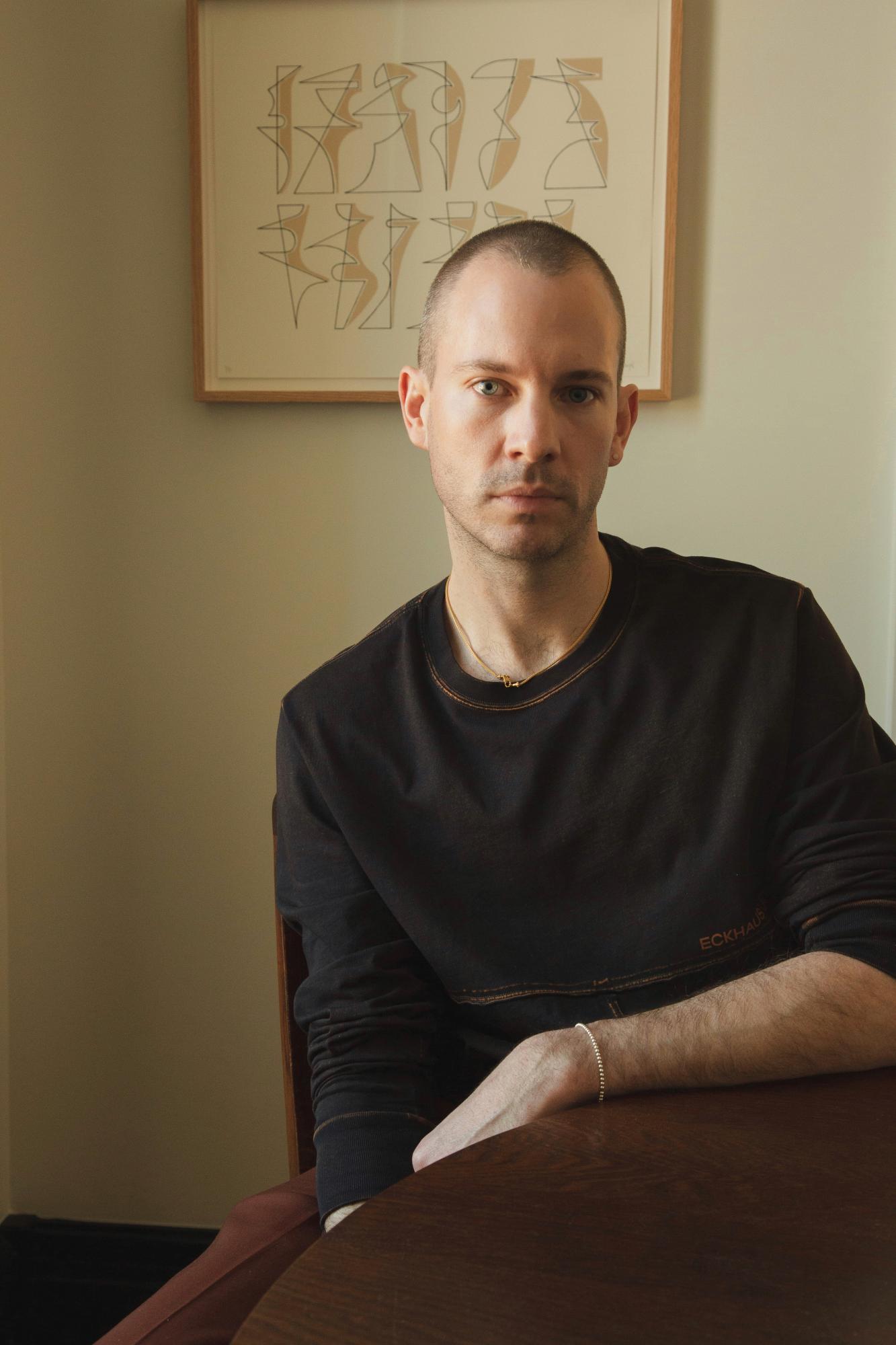A Feel for Fashion: Dan Thawley

Dan Thawley brings a singular voice to the realms of fashion and art: cerebral yet sensitive, informed with a certain gentility – all applicable to his character, as well. Since 2010, he has been the Editor-in-Chief of A Magazine Curated By, the Paris-based, bi-annual publication that is ambitiously re-imagined every issue through the full participation of designers such as Thom Browne, Luke and Lucie Meier, Grace Wales Bonner and Haider Ackermann. As an independent writer, consultant and curator, he has collaborated with numerous houses and institutions, from the Aalto Academy to Chanel, the Charlotte Perriand archives, Fendi, Gucci, Maison Margiela, Polimoda, Rimowa, Sydney Design Week, and The Row. Born in Australia, Thawley often provides captivating glimpses of his world travels through his Instagram, whether a poetic vignette or details from an architectural landmark.
What creates an emotional response for you in fashion today?
Today, it is hard for me to see past most fashion collections as strategic processes. And even research, evolution and hard work is easy to compartmentalize and analyse away from emotion. I think that I am still blown away when music, bodies, and cloth intertwine in expressions of movement and life. The ambience created at a show, both for those present and watching from afar, is so crucial – it can truly change one's perception of the garments and the lives they might live after that first reveal.
Often we see several designers arriving at a similar idea during a season. How do you explain this creative intuition?
One always goes back to the notion that fashion is at its most inquisitive, provocative, and demanding when it mirrors the wider world around it. Unfortunately today, I'm more likely to see one designer's idea of a previous season multiplied tenfold the season after. However, there are undoubtedly moments where ideas of sensuality, abandon, protection, defense and other reactions to world events give birth to organic trends. Things like transparency, lingerie, quilting, padding and distressing of fabrics can each offer up aesthetic reactions to current affairs.
How do you feel about designers expressing or interpreting their worldviews in their collections?
I feel that there is little more important in fashion than this! Though I do struggle with the way both identity politics and cultural appropriation feed into our collective experience of narratives in fashion today. I think both can blur our perspectives on good design and merit in different ways. I am all for the return of localism in fashion – designers focusing on minute details, obscure stories, rare techniques. Geographic, historical and societal storytelling is so important in fashion as it is what allows the community to connect to a designer and their work. This will always create new inclusivity, and in turn, exclusivity as well.
How would you like to see fashion evolving this year?
Where to start? I would like to see how all the resale initiatives continue to develop as new generations continue to discover fashion history and a renewed interest in designer vintage. The Aura Blockchain Consortium is interesting to me, tracking the provenance of garments; or brands like Chloé and Balenciaga that are re-selling vintage through direct channels. In terms of style and substance, I'd like to see fashion evolving away from the incredible homogeneity of product across luxury houses, where merchandising and commercial ideas of consumer wants create a glut of sameness. I'd also like price to justify craft more often than it does. And perhaps for brands to spend more time educating customers online and offline about the complexity of how their pieces are made.
This interview has been lightly edited for clarity.



